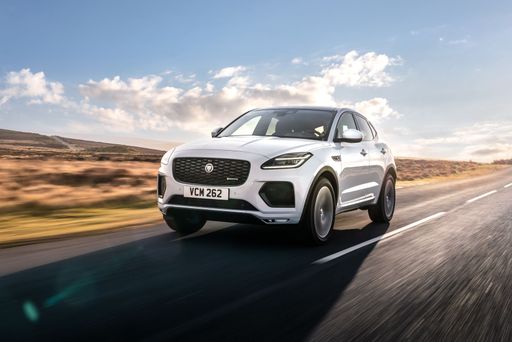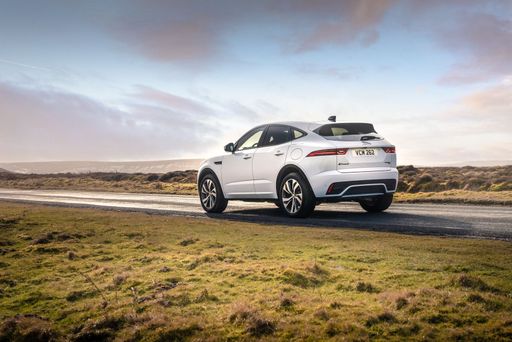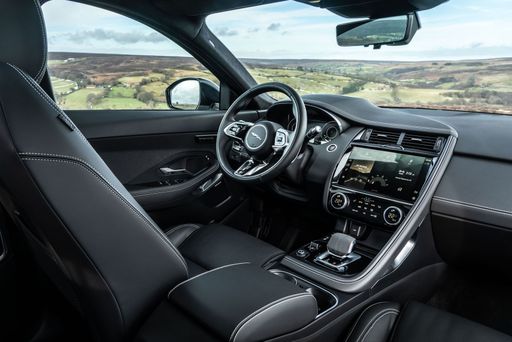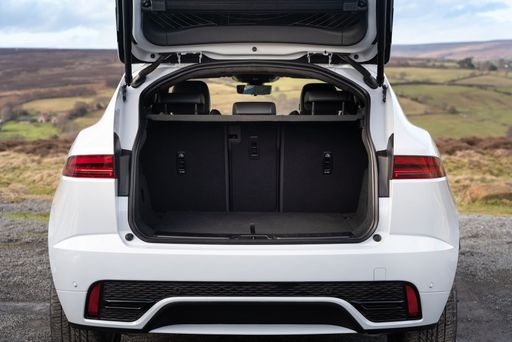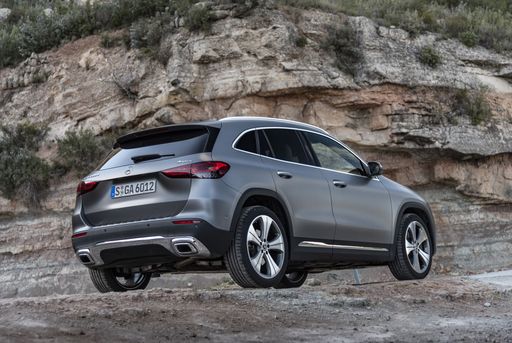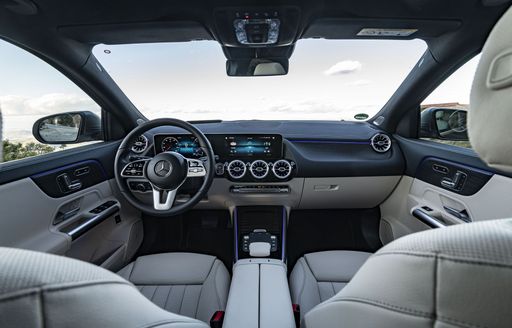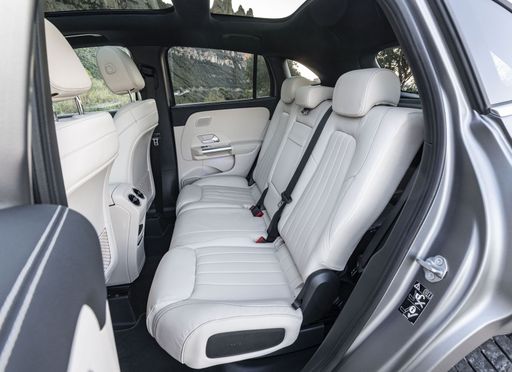Head to Head: Jaguar E-Pace vs. Mercedes GLA
The compact SUV segment is thriving, with buyers looking for a blend of performance, luxury, and technology. Two prominent players in this arena are the Jaguar E-Pace and the Mercedes GLA, both offering their unique characteristics and innovations. This article delves into a detailed comparison of the two models across various technical aspects.

